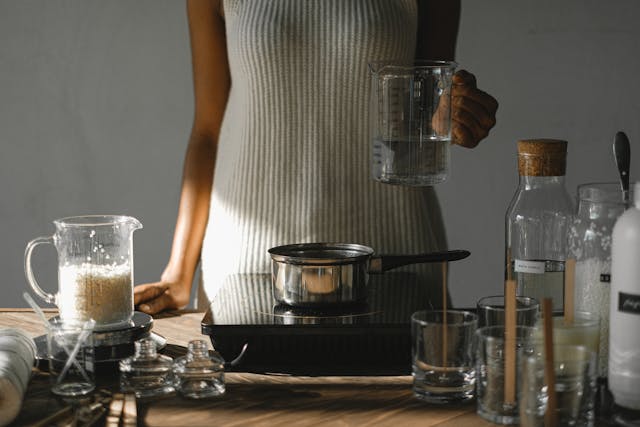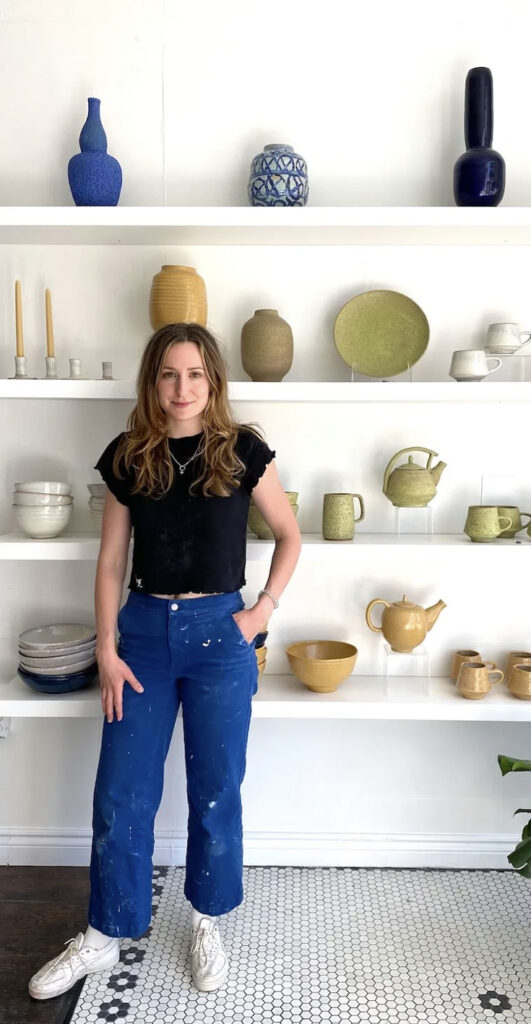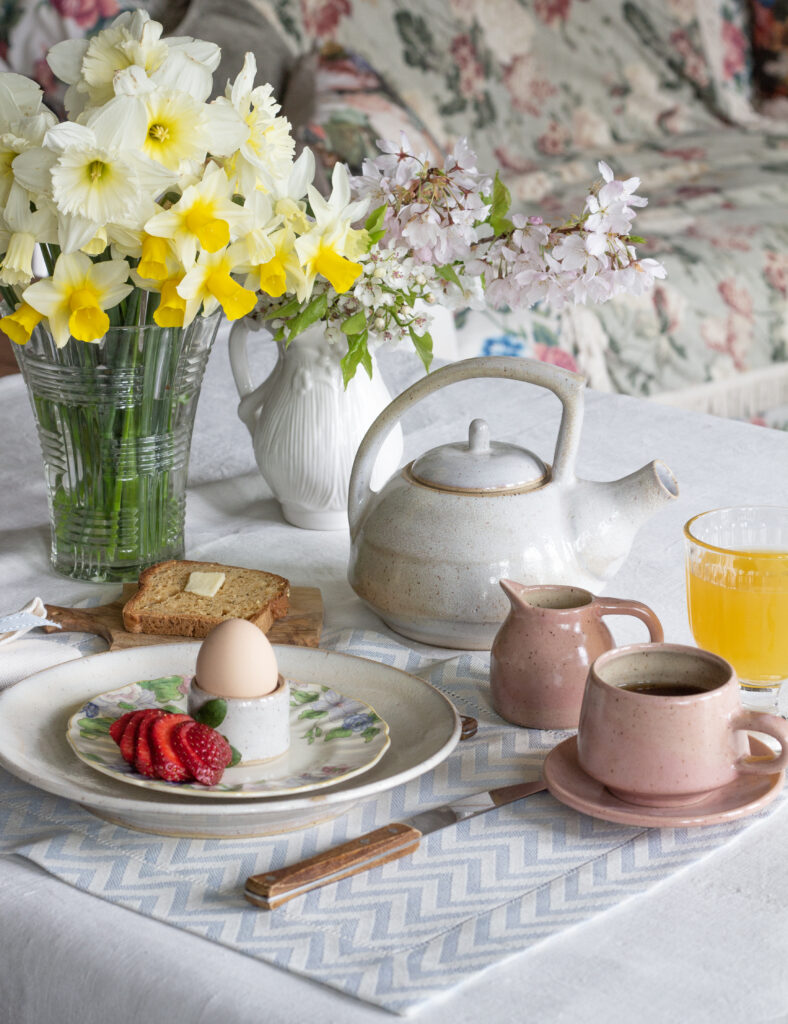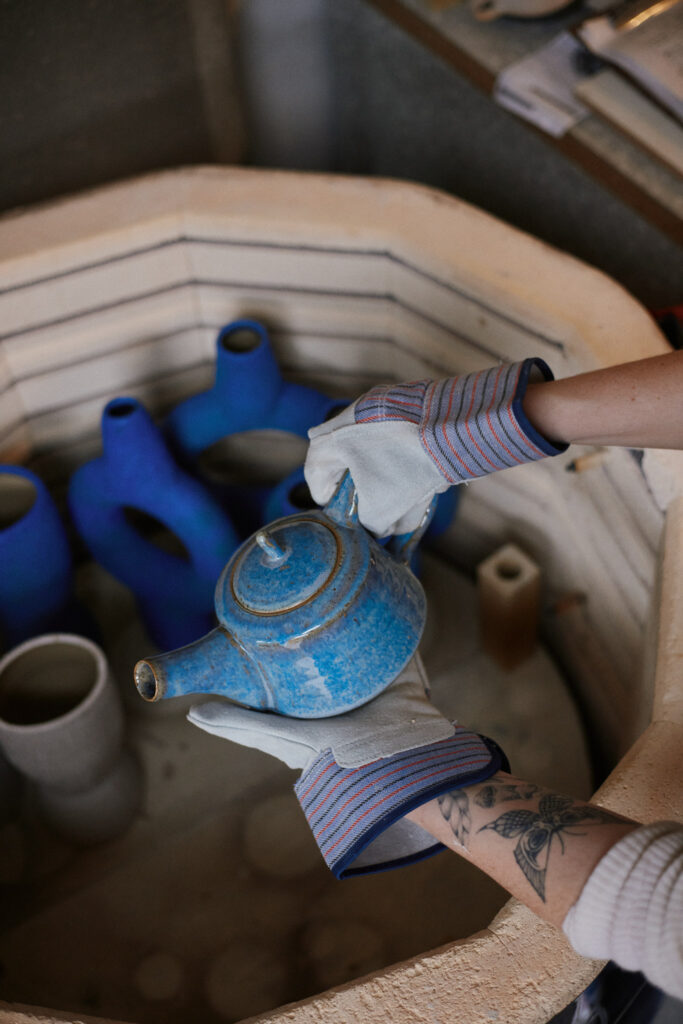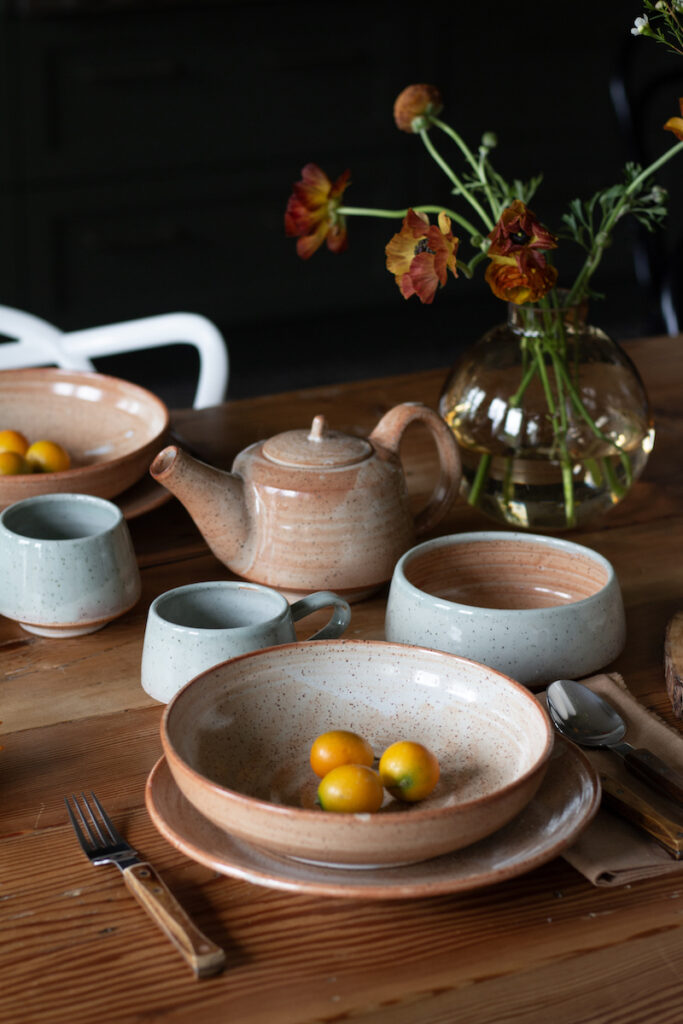“Even with my divorce and with everything, I don’t need money.”
Gather Personal Identification Documents
To simplify the process, compile a comprehensive list of all necessary identification documents. Start by obtaining your birth certificate and Social Security card, as they are typically required for other forms of identification. If you don’t have these on hand, contact the vital records office in the state of your birth for your birth certificate and the Social Security Administration for a replacement card. For lost or expired passports and driver’s licenses, contact the appropriate issuing authority to request replacements or renewals. Keep in mind that obtaining these documents may take several weeks, so it’s crucial to begin this process early to avoid delays in filing for divorce. Organizing and keeping these documents readily accessible will expedite your proceedings and reduce some of the stress associated with the divorce process. Additionally, utilizing free divorce papers in Indiana can further streamline the process and alleviate financial burdens.
Obtain Marriage Certificate Copy
When gathering the paperwork needed for divorce, ensure you have the necessary information to request a copy of your marriage certificate. This typically includes providing the full names of both spouses at the time of marriage, the marriage date, and the city or county where the marriage license was issued. Additionally, you may need to submit a copy of your identification and pay a small fee. Requests can often be made in person, by mail, or online, depending on the services provided by the state. Opting for expedited service or electronic delivery, where offered, can help save time during this process.
Organizing the paperwork needed for divorce digitally can be incredibly advantageous. Establish a secure folder on your computer or cloud storage to store scanned copies of all essential documents, including your marriage certificate. This approach not only provides backups in case of physical document loss but also facilitates convenient sharing with legal counsel or other required parties during the divorce process.
Knowing how to file divorce papers correctly depends on having all the necessary documents readily available. The marriage certificate plays a crucial role in verifying marital details in the divorce paperwork and may be essential for asset division or alimony determination. Obtaining this document early in the process helps avoid potential obstacles and facilitates a smoother legal process. By methodically gathering all required documentation promptly, you set yourself up for success in the subsequent stages of filing for divorce.
Fill Out the Divorce Petition Form
What paperwork is needed to file for divorce? Before submitting the petition, verify that all entered information is accurate and complete. Inaccurate or missing details may cause delays or complications in your divorce process. If you’re unsure about how to respond to certain questions or understand legal terminology, it’s advisable to seek advice from a legal professional. They can offer valuable assistance and ensure that your petition correctly represents your situation and objectives. This step is essential for protecting your interests and achieving a fair outcome.
Once the form is completed and reviewed for accuracy, make copies for your records and prepare to file it according to your state’s procedures. Filing typically involves submitting the petition to the local court clerk’s office, along with any required filing fees. Be mindful of deadlines or other procedural requirements that might affect your case. By following these structured steps diligently, you are effectively laying down a solid foundation for navigating through the divorce process with clarity and confidence.
Compile Financial Records
Turn your attention to retirement accounts and life insurance policies. These documents can sometimes be overlooked but are crucial components of your financial portfolio. For retirement accounts like 401(k)s, IRAs, and pension plans, secure the latest statements showing the account’s value. For life insurance policies, gather the policy documents indicating the coverage amount and beneficiaries. This information will help ensure that these assets are considered during the asset division phase of your divorce.
Gather proof of income for both you and your spouse, which may include recent pay stubs, tax returns from the past few years, and documentation of any other sources of income, such as rental properties or businesses. Accurately presenting income levels is vital for determining alimony or child support obligations. Through meticulous organization and thorough compilation of these financial records, you establish a clear picture of marital assets and liabilities—essential groundwork for the paperwork needed for divorce. This deliberate preparation facilitates a more streamlined and equitable division process during negotiations or court proceedings.
Collect Proof of Residency
For homeowners, property tax receipts or mortgage statements are robust proofs of residency. If you recently moved and do not have utilities or a lease in your name, consider obtaining a statement from a landlord or roommate verifying your residency, coupled with any piece of mail or government-issued ID showing your current address. Keep these documents organized and easily accessible; you will need to submit them along with what paperwork is needed to file for divorce.
Remember, the requirement for proof of residency is designed to ensure that the court has jurisdiction over your case. Failing to provide adequate proof can result in delays or dismissal of your petition. It’s essential to understand the specific requirements of your local jurisdiction and prepare accordingly. This proactive approach not only demonstrates your commitment to following legal protocols but also moves you one step closer to finalizing the divorce proceedings efficiently.
Prepare Child Custody Documentation (if applicable)
In addition to these records, drafting a proposed parenting plan can be beneficial. This plan should outline how you envision future arrangements for your child, covering aspects such as living arrangements, education, healthcare, and religious upbringing. While creating this document may seem daunting, it allows you to clearly communicate your wishes and concerns regarding your child’s future post-divorce. If crafting this document feels overwhelming or if complexities arise, seeking legal guidance can ensure that your parenting plan aligns with state laws and adequately addresses all pertinent issues. Remember, obtaining divorce papers online in Indiana or any other state-specific documents should be done with careful attention to ensuring they meet local legal requirements and accurately reflect the nuances of your situation.
Secure Property and Asset Documents
For real estate holdings, locate your original purchase agreement, mortgage statements, and any records of property improvements or appraisals. These documents not only establish ownership but also help determine the current market value of the property. In the case of vehicles, gather all registration documents and loan agreements. Investment and savings account statements should be collected for at least the past year to provide a clear picture of financial contributions made by each party.
It’s important to identify any liabilities or debts shared between you and your spouse, such as credit card debt or loans. Secure copies of relevant statements and agreements to ensure that these are fairly accounted for in the settlement. Understanding both assets and liabilities offers a balanced view that is crucial for negotiations.
Organizing these documents systematically will streamline the process for your legal team and expedite the division of assets. It’s advisable to create digital copies of all documents for easy access and sharing with your attorney. This preparation not only aids in protecting your financial interests but also contributes to a smoother negotiation process during the divorce proceedings.

Request Spousal Support Forms (if needed)
Begin by gathering all necessary financial documents—recent pay stubs, tax returns for the past few years, bank statements, and any documentation pertaining to debts and assets. Completing these forms can be complex and emotionally taxing; thus, consider enlisting the help of a financial advisor or a lawyer who specializes in family law. Their expertise can guide you through the intricacies of financial disclosure and help ensure that your request for spousal support is presented clearly and compellingly. By taking these informed steps, you move toward securing a financial arrangement that reflects your needs and contributions within the marriage.








